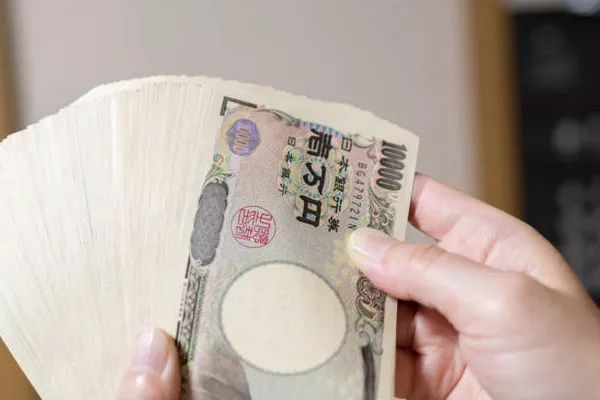In the realm of global currencies, banknotes serve not only as mediums of exchange but also as embodiments of a nation’s culture, history, and values. Japan, renowned for its rich cultural heritage and technological prowess, exemplifies this concept through its currency, including the 5000 yen banknote. In this article, we delve into the intricacies and significance of the 5000 yen banknote, exploring its design, historical context, and cultural symbolism.
Historical Context
The 5000 yen banknote, introduced in 1984, holds the distinction of being the highest denomination in Japan’s currency system. Its inception coincided with Japan’s economic rise, reflecting the nation’s growing influence on the global stage. At the time, Japan’s economy experienced remarkable growth, solidifying its position as one of the world’s leading economies. The introduction of the 5000 yen banknote not only facilitated large transactions but also symbolized Japan’s economic prowess and stability.
Design and Features
The design of the 5000 yen banknote intricately incorporates elements of Japanese culture, history, and natural beauty. The obverse side of the banknote features a portrait of Ichiyo Higuchi, a renowned Japanese author from the Meiji period. Higuchi’s inclusion pays homage to her literary contributions, which continue to resonate within Japanese society.
Adorned with cherry blossoms, a quintessential symbol of Japan, the reverse side of the banknote depicts Mount Fuji, the iconic volcanic peak that holds profound cultural significance. Mount Fuji, revered as a sacred site and a source of inspiration for artists and poets throughout history, embodies Japan’s natural beauty and spiritual essence.
Additionally, the banknote incorporates advanced security features to prevent counterfeiting, underscoring Japan’s commitment to technological innovation and financial integrity. These features include intricate patterns, holograms, and watermarks, ensuring the authenticity of the currency and maintaining public trust in the financial system.
Cultural Significance
Beyond its monetary value, the 5000 yen banknote holds immense cultural significance within Japanese society. As a tangible representation of Japan’s heritage and identity, the banknote serves as a reminder of the nation’s storied past and enduring traditions. Each time the banknote exchanges hands, it fosters a sense of connection to Japan’s cultural legacy, transcending mere monetary transactions.
Moreover, the inclusion of figures like Ichiyo Higuchi on the banknote underscores Japan’s commitment to honoring its literary and artistic heritage. Higuchi’s portrayal serves as a tribute to Japan’s vibrant literary tradition and the profound impact of its literary luminaries on society.
The depiction of Mount Fuji further accentuates the banknote’s cultural significance, evoking a sense of national pride and reverence for Japan’s natural wonders. Mount Fuji’s inclusion not only celebrates the nation’s majestic landscapes but also invokes feelings of awe and reverence, underscoring the interconnectedness of Japan’s cultural and natural heritage.
Economic Implications
From an economic perspective, the 5000 yen banknote plays a pivotal role in facilitating large-scale transactions and commerce within Japan. Its high denomination makes it particularly valuable for high-value purchases, investments, and financial transactions. As such, the banknote serves as a cornerstone of Japan’s financial infrastructure, supporting economic activity and liquidity within the domestic market.
Furthermore, the stability and reliability of the 5000 yen banknote bolster confidence in Japan’s currency and financial system, both domestically and internationally. Its widespread acceptance and use underscore Japan’s status as a global economic powerhouse and a hub for financial stability and innovation.
See Also: The Denominations of Japanese Yen
Conclusion
In conclusion, the 5000 yen banknote stands as a testament to Japan’s rich cultural heritage, economic prowess, and technological innovation. Through its design, features, and cultural symbolism, the banknote encapsulates the essence of Japan’s identity, serving as a tangible link to the nation’s past, present, and future. As Japan continues to navigate the complexities of the modern world, the 5000 yen banknote remains a steadfast symbol of resilience, tradition, and national pride.
In unraveling the intricacies and significance of the 5000 yen banknote, we gain a deeper appreciation for the multifaceted nature of currency and its role in shaping societies and cultures around the world. As Japan continues to evolve and adapt to new challenges, the 5000 yen banknote will undoubtedly remain a cherished emblem of the nation’s enduring spirit and cultural legacy.


